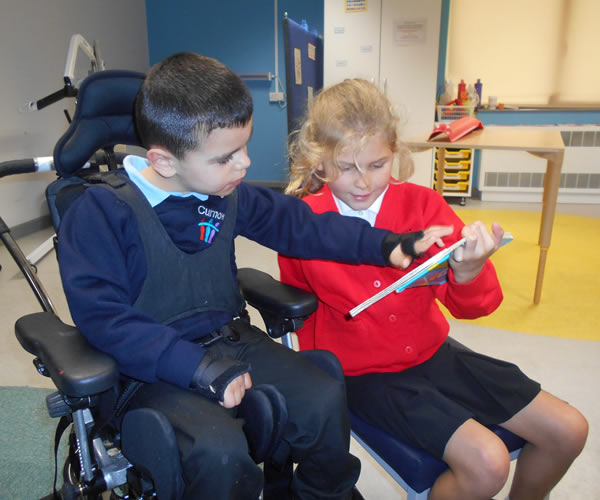Within This Issue
Communication is a human right. Article 19 of the Universal Declaration of Human Rights states “Everyone has the right to freedom of opinion and expression … to receive and impart information and ideas through any media”. It is essential, therefore, that we enable people with PMLD to have a voice. The Core and Essential Service Standards recognise the importance of communication. In this issue Rob Ashdown outlines where communication fits into the Standards, highlighting the need for a responsive environment. It is vital that the upmost is done to identify the strengths and needs of people with PMLD. Felicity Court, in her article, links the Standards to the Royal College of Speech and Language Therapists’ ‘Five Good Communication Standards’.
The Core and Essential Service Standards also sets out the need for meaningful relationships. Breaking down the barriers and giving people with PMLD a voice can transform their lives. Dave Hewett and colleagues capture the passion and determination that is needed to promote meaningful communication for people with PMLD. They describe how crucial it is to have the techniques to facilitate communication and how Intensive Interaction can provide access to this. Emily Woolman shares her story about her relative Rose. The use of Intensive Interaction has transformed her life from being socially isolated into what she describes as a ‘social butterfly’. Intensive interaction has given her the means to communicate. Standard 1 for individuals highlights the need for a means of communicating, a reason to communicate and an opportunity/availability of a communication partner. Throughout this issue we can see examples of these standards being met in creative and innovative ways. The use of eye gaze with her son Thomas has led Lucy Williams to believe how important it is to never assume they can’t and won’t do it. Jenny Buckland describes an exciting journey where students within a mainstream school have formed meaningful relationships and communicate with their peers who have PMLD. Leigh Wharton uses assistive technologies to allow her students to have a voice within real world situations. What a wonderful experience for all the children involved.
There is an underlying ‘can do’ attitude to the work that is described in all of the articles. This is only possible if the practitioners, carers and families have the appropriate training and resources. The organisation standards set this out in Standard 3. Dave Hewett and his colleagues describe how important it is for staff, carers and parents to have the skills to connect. It is wonderful to be a communicator.
We would like to thank all of the contributors for sharing their experiences. We hope that you enjoy reading the articles in this bumper issue! Hopefully the ideas shared here will inspire you to try something new, to try a new take on something you already do or why not try and see where there is evidence of The Core and Essential Service Standards being met within this issue. If we have encouraged you to be innovative ‐ please write and tell us about your experiences or contact us via the website.
Wendy Newby, Becky Loney and Rob Ashdown




